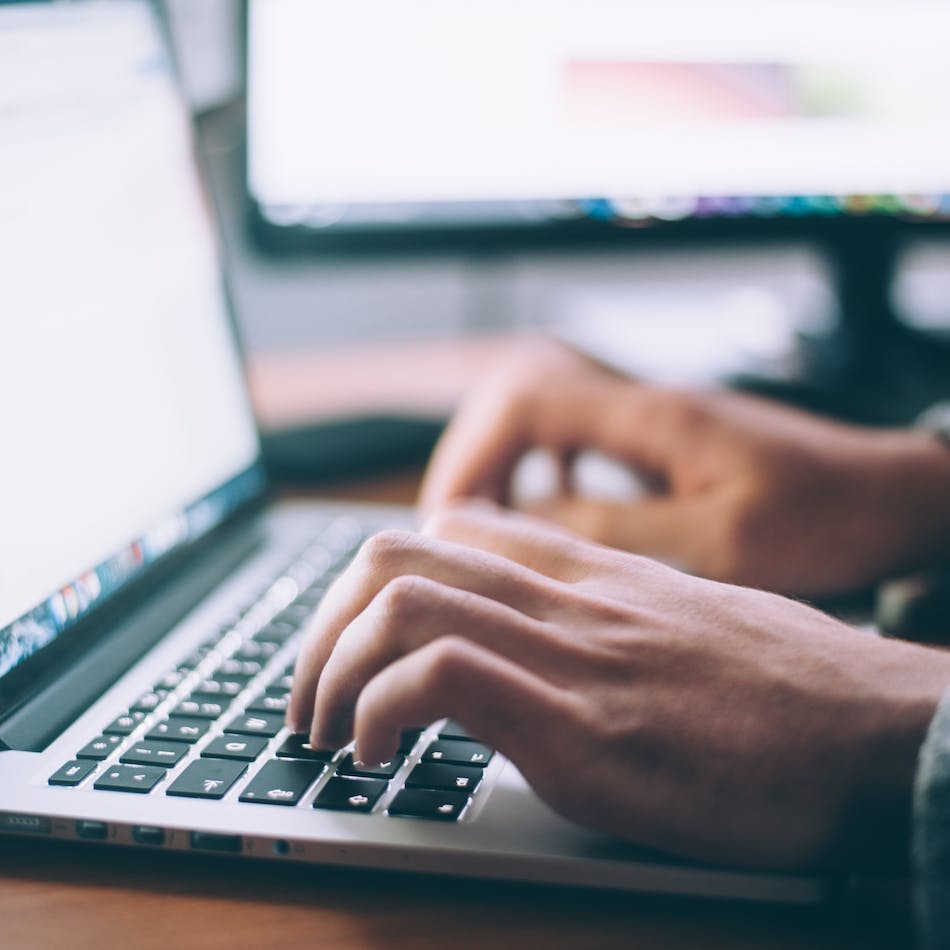‘Quaran-tinis’ Lead Some Employees to Un-Happy Hours
By Stephanie Clark | Published June 25, 2020

Fears to Cheers
The typical workday as we knew it vanished in March. Employees sought a new normal, strove for work/life [in]balance, to stay connected, and informed. As a result, a new phenomenon irrupted—virtual happy hours! And just like that, the ‘Quaran-tini’ was born. It seems they are all the rage.
5 O’clock Somewhere
The Washington Post, The New York Times, and our social media feeds, encourage drinking as our common ground and a main theme in virtual connection. Without the natural separation of office and home hours, going to a traditional office once gave us, it’s easy for happy hours to blur into what time is most convenient. According to study conducted by Alcohol.org, it was found that 1 in 3 Americans (32%) are more likely to drink during work hours while operating from home as compared to working in their typical workspace. This inevitably alters business meetings and conduct.
As we begin bringing some employees back into the office, it’s prudent to revisit the Company Code of Conduct to ensure it aligns with current practices and expectations. If drinking during work hours is not permitted, employees that may have formed an unhealthy relationship with alcohol during shelter in place, might need additional support.
Supporting Employees to Live Healthy Lives
More than ever, employers are concerned about their employees wellbeing and value the importance of mental health at work. It is no surprise that we human beings long for connection and self-isolation is much harder for some than others. This lack of in person connection can exacerbate underlying mental health challenges such as depression and anxiety. According to reports published in the Journal of the American Medical Association:
Roughly 50% of individuals with severe mental disorders are affected by substance abuse.
37% of alcohol abusers and 53% of drug abusers also have at least one serious mental illness.
Of all people diagnosed as mentally ill, 29% abuse either alcohol or drugs.
Alcohol and substance abuse combined with mental health issues don’t get better when ignored—in fact, it is likely to get much worse. It is important to consider how work polices and practices enable unhealthy behaviors, and what alternate or additional connection activities can be provided.
Lifelines – Happier Hours
Employee Assistance Programs (EAP) offer a variety of support programs for staff. Work with your provider to maximize offerings. Consider providing this list of virtual recovery resources to employees, where they can seek support anonymously. Lastly, be sure to check in with employees to understand how they are managing during this unusual time.

Stephanie Clark
Stephanie Clark, SPHR is a Senior HR Consultant at Newfront.


